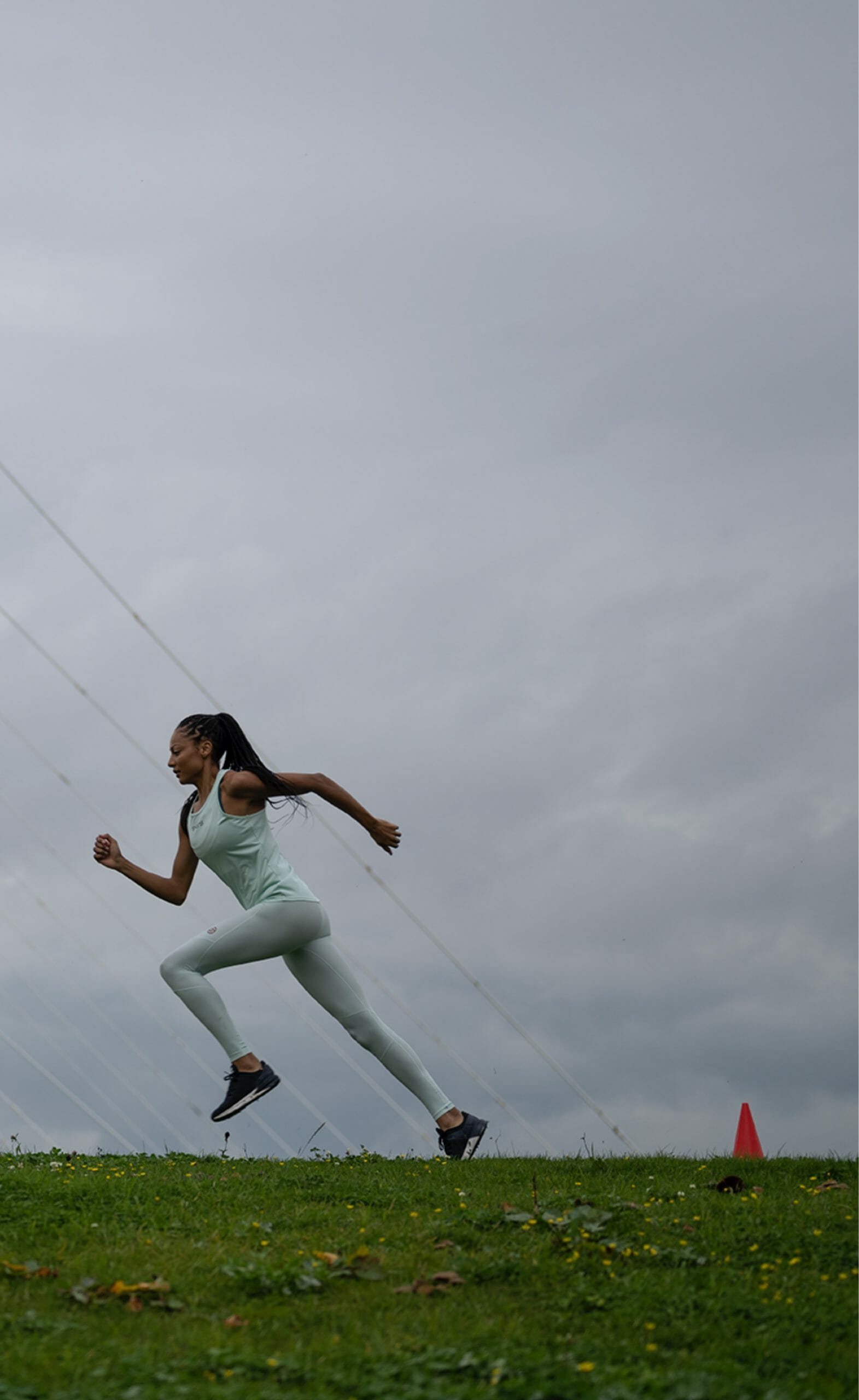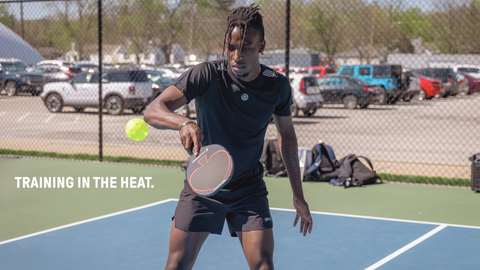SKINS Head Running Coach, Joshua, discusses Training Progression.
Progression is one of the key components of any training programme. Most training plans are underpinned by the SPORT principle: Specific, Progression, Overload, Reversibility and Tedium. Using Microcycles, Mesocycles and Macrocycles, coaches plan to keep seeing consistent progress within their athletes. Even as humans in everyday life, if we don't see progression, we get bored. If you start watching a TV series and there's no character or story progression, you'll probably turn it off, and it's the same with your running. Having and seeing progression in your plans, results, feeling scale and fitness are what keeps everyone motivated to get out the door.
PROGESSION TO MEASURE IMPROVEMENT
Progression is used in a coaching context to measure improvement and/or change there has been from one time point to another. Coaches also use the progression principle to moderate how much to add to training to ensure their athletes stay fit and healthy across a cycle. Knowing that you are progressing in your running fills you with confidence; it inspires you to get out the door and get those miles into the legs. Running is a demanding individual sport, but knowing that you are progressing and getting better is a massive comfort and makes things so much easier.
Firstly, it's important to highlight how to manage training progressions across a cycle. Much like with training volume, it is essential not to add lots of different elements at one time. For example, if you add intervals into your training for the first time, don't try and add more runs to your week. Doing this puts unsustainable strain on the body, leading to a breakdown of injuries or excessive fatigue. Therefore, training progressions do not usually exceed 10% of what you did the week before. The 10% allows your body to catch up with the training completed, process it, and adapt. All of which should help you become fitter and stronger!
Something very common amongst self-coached athletes is they are constantly trying to progress as many things as possible. Unfortunately, trying to improve too many things at once can make your training scrambled and ineffective. This is where the coaching experience comes into its own. Having someone else think about these elements for you simplifies your running down to you simply getting out the door.

MEASURING TRAINING PROGRESSIONS
Measuring training progressions can get complicated with all of the data metrics available to runners now. You can even analyse the amount of power you put through the floor using a foot pod or vertical oscillation using some heart rate monitors! The main areas to consider are:
- Training volume.
- General feeling scale in each session.
- Paces of your reps and an idea of conditions/terrain that the session took place on.
These are objective pieces of data that are useful to you and can be improved upon. Measures that rely on advanced data recording can be corrupted quite easily by error margins within the data. Making things simple sometimes is the most effective way!
Tracking your progression through a training diary gives you an excellent opportunity for reflection too. Progression and reflection are two words that go hand in hand when it comes to training. Reflecting on what went well in a cycle and what can be improved can provide a basis for your training block. For example, suppose you noticed that you were feeling consistently more tired after your long run, which affected your training on the days after. In that case, you can refine your processes when it comes to recovery or pacing to progress your training.
Progression in running isn't just limited to how much training you do or your race results. This is particularly relevant since the start of the lockdown. When coaching, Joshua always stresses that a happy runner is a fast runner. So enjoy what you do; enjoy the process of trying to progress and improve your running but remember, don't bite off more than you can chew!






